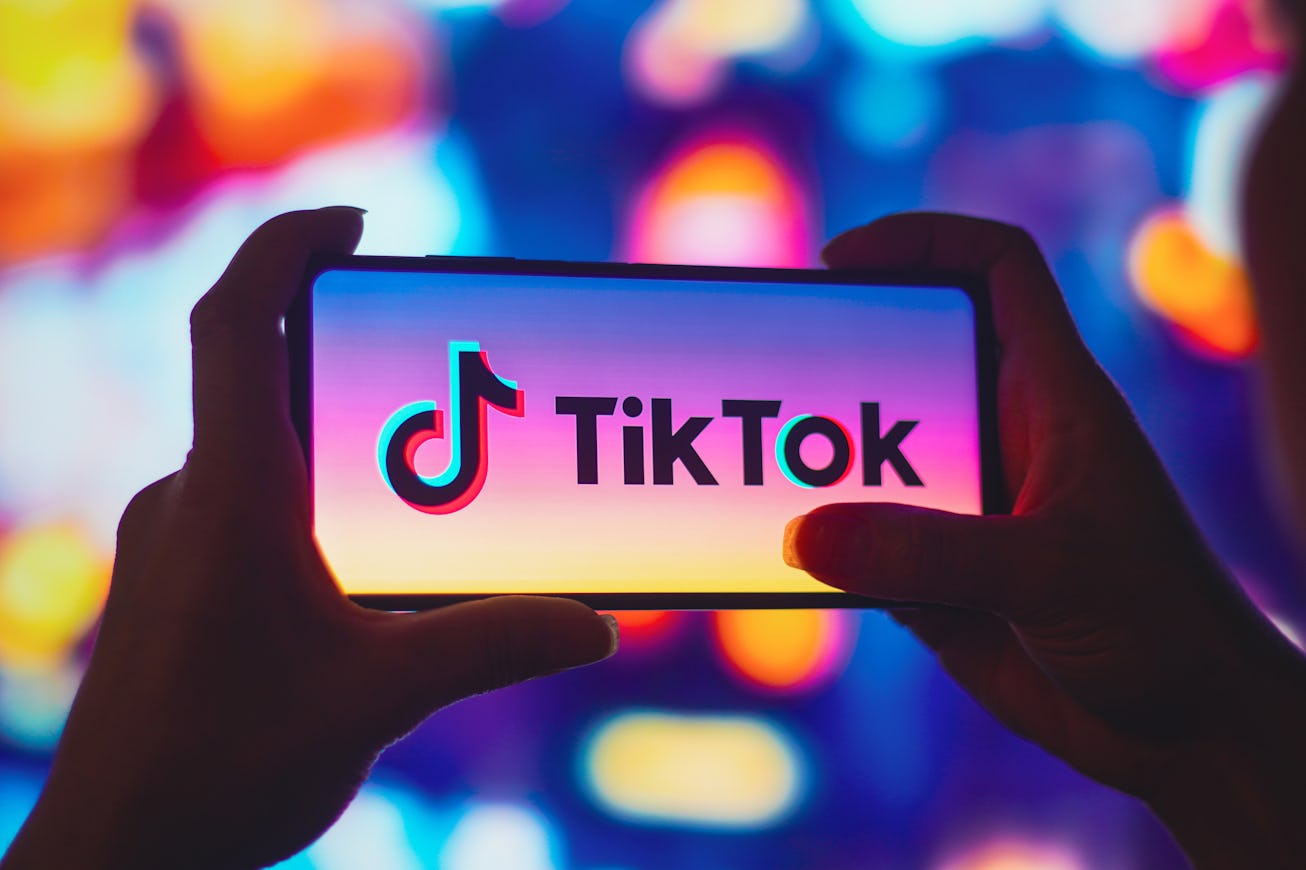
culture
TikTok Now Has Its Own AI Image Generator
Your #fyp is about to get even stranger.
AI art entered mainstream internet culture back in May with the rise of DALL-E mini (now called Crayion), the software that creates 9x9 grids of nonsensical, nightmarish, and whimsical images you see all over Twitter and Instagram that were created from prompts like “Patrick Star on a crucifix,” or “Pikachu pug.”
Now, TikTok is embracing AI art, with its own in-app AI art generator. TikTok recently added an effect called “AI greenscreen,” which allows creators to type in a string of words that will generate an image they can then use as a background for their videos. TikTok’s model is a little more abstract expressionist than AI generators like OpenAI’s DALL-E mini or Google’s Imagen, which often spit out more Surrealist depictions.
Of course, there are valid concerns about people using the powers of AI art for evil instead of good. There are ethical codes around the creation of AI art that its software trusts users to abide by: it’s taboo, for example, to use the software to conjure images that are racist or violent, as well as rules against using celebrities or public figures in AI art.
Luckily, the dexterous users of TikTok are mostly using AI greenscreen to conjure images for innocuous text, such as “how i died in a past life,” or having the AI show an image for their birthdays, which... if your birthday happens to be on September 11 of any year, will unfortunately conjure fiery images of the Twin Towers, though other dates appear to spit out gorgeous pastoral settings.
Users are also testing the bounds of the AI, by typing in things like “penis,” and getting gorgeous brushstrokes of skin-toned flesh. You have to laugh at TikTok’s G-rated solution jumping on a trend!
The Verge also tested out TikTok’s AI generator to test its bounds, confirming the AI is generally abstract, resembling images closer to Microsoft screensavers than viral Twitter art. The words “Donald Trump being assassinated,” for example, conjure only a loose, flying head rendered in a brush of orange with brushstrokes of red and blue. It’s probably a safe bet for TikTok to keep its AI art as abstract as possible, considering the app’s wide user range and sheer volume of users — policing AI art content could be a logistical nightmare at best, especially given the company’s anti-pornography and violence policy.
This article was originally published on